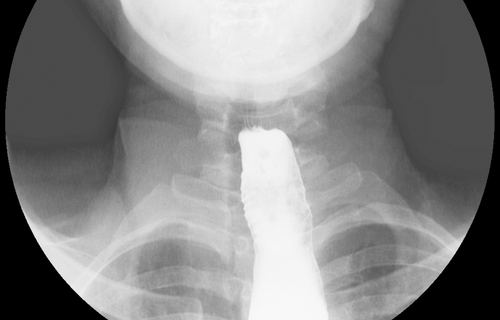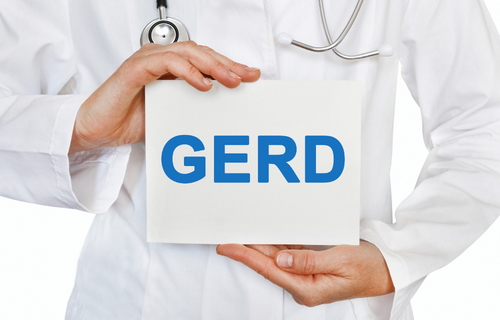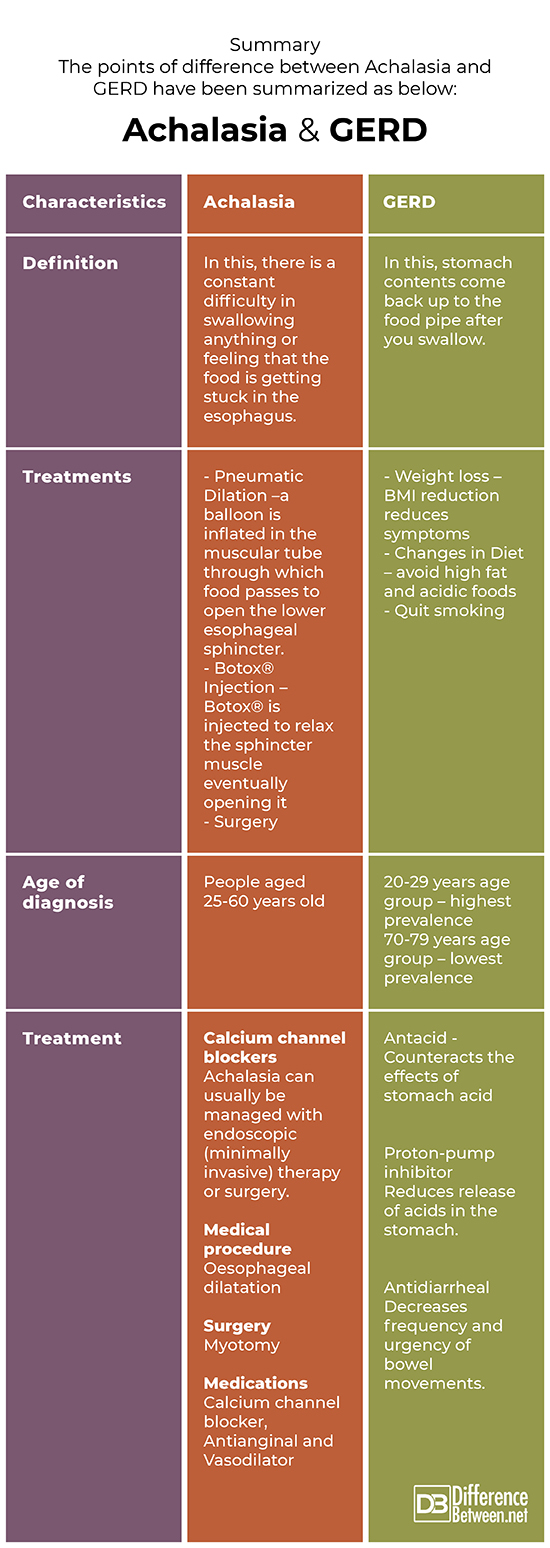Difference Between Achalasia and GERD

What is Achalasia and GERD?
Achalasia and Gastroesophageal reflux disease (GERD) are the opposite ends of the spectrum of LES dysfunction.

Similarity
Both health conditions – achalasia and GERD are affected by the lower esophageal sphincter
Achalasia
Achalasia (cardio spasm) is a rare disorder that cannot be cured. In this disorder, damaged nerves in your esophagus (food tube) prevent it from working as it should. The muscles present at the lower end of the food tube are unsuccessful to allow food to find their way into your stomach. Pain in chest, heartburn, and swallowing are some symptoms.
GERD
It is a condition of the digestive system in which the stomach acid or bile causes irritation and discomfort in the food pipe lining.
It is a chronic disease and symptoms include acute pain in the chest especially while eating and while lying down, acid reflux, and heartburn
Some relief from over-the-counter medications is possible but it usually is temporary.
Stronger medication for treatment is needed and these include – antacid, Proton-pump inhibitor and antidiarrheal
Difference between Achalasia and GERD
Definition
Achalasia
It is a motility disorder of the Esophagus (food pipe) in which there is a difficulty in swallowing food and this disorder is caused because of loss of the nerve cells that command the muscles that aid in swallowing food in the esophagus.
GERD
Gastroesophageal reflux disease (GERD) happens when reflux of gastric contents results in complications and several symptoms
Symptoms
Achalasia
- Trouble swallowing (dysphagia)
- Weight loss
- Spitting of liquid and food
GERD
- Burning pain
- Belching
- Nausea
- Heartburn
- Regurgitation
Treatment
Achalasia
Botulinum toxin, surgery, or balloon dilation
GERD
- Antacids
- H2 blockers
- Proton pump inhibitors (PPIs)
- Other medicines
- Fundoplication
- Bariatric surgery
- Endoscopy
Summary
The points of difference between Achalasia and GERD have been summarized as below:

FAQ
Can achalasia cause GERD?
Untreated achalasia can result in Gastroesophageal reflux disease (GERD) symptoms. Achalasia affects the muscles and nerves in the food pipe that move food through the digestive tract. The passing of food through the food pipe and the digestive tract is much slower than normal in case of achalasia– or not at all – through your food pipe into your stomach. Food can back up in your food pipe and result in unpleasant symptoms.
Symptoms of Gastroesophageal reflux disease (GERD) symptoms are often observed in patients with achalasia that remains untreated. For those patients who do not respond to proton pump inhibitor (a class of medications that cause a profound and prolonged reduction of stomach acid production) treatment, esophageal manometry (a test to assess motor function of the upper esophageal sphincter, esophageal (food pipe) body and lower esophageal sphincter) should be performed to exclude esophageal motility disorders including achalasia.
What is the difference between achalasia and dysphagia?
Achalasia is an uncommon esophageal motility disorder in which the esophagus muscles do not function in a proper and an optimal manner and passing of food and fluids is becomes difficult from swallowing tube attached to your mouth and stomach. It happens because of damage of the esophagus nerves. Dysphagia is a medical condition in which there are issues with swallowing. It takes more time and efforts for the food to move from mouth to your stomach. It can be very painful condition
What is the difference between GERD and dysphagia?
Gastroesophageal reflux disease (GERD) is a condition in which stomach acid frequently flows back into esophagus. It is a serious condition causing irritation in the lining of your esophagus, inflammation and pain. Dysphagia happens when a person experiences too much problem in swallowing. It is caused by other health conditions like: stroke, dementia, esophageal cancer, head injury, and multiple sclerosis.
What can mimic achalasia?
Pseudo achalasia is a syndrome that can mimic achalasia. Pseudo achalasia is caused by cancerous growth or mechanical stumbling blocks by either obstructing from within the GI (gastrointestinal tract), squishing down externally or damaging the lower esophageal sphincter (LES) innervation.
- Difference Between Global Warming and Greenhouse Effect - May 18, 2024
- Difference Between Vaccination and Immunization - March 3, 2024
- Difference Between Selective Mutism and Autism - February 25, 2024
Search DifferenceBetween.net :
Leave a Response
References :
[0]Gyawali, C. P., Kahrilas, P. J., Savarino, E., Zerbib, F., Mion, F., Smout, A. J., ... & Roman, S. (2018). Modern diagnosis of GERD: the Lyon Consensus. Gut, 67(7), 1351-1362.
[1]Kessing, B. F., Bredenoord, A. J., & Smout, A. J. (2011). Erroneous diagnosis of gastroesophageal reflux disease in achalasia. Clinical Gastroenterology and Hepatology, 9(12), 1020-1024.
[2]Pohl, D., & Tutuian, R. (2007). Achalasia: an overview of diagnosis and treatment. Journal of Gastrointestinal and liver diseases, 16(3), 297.
[3]Richter, J. E. (2011). The diagnosis and misdiagnosis of achalasia: it does not have to be so difficult. Clinical Gastroenterology and Hepatology, 9(12), 1010-1011.
